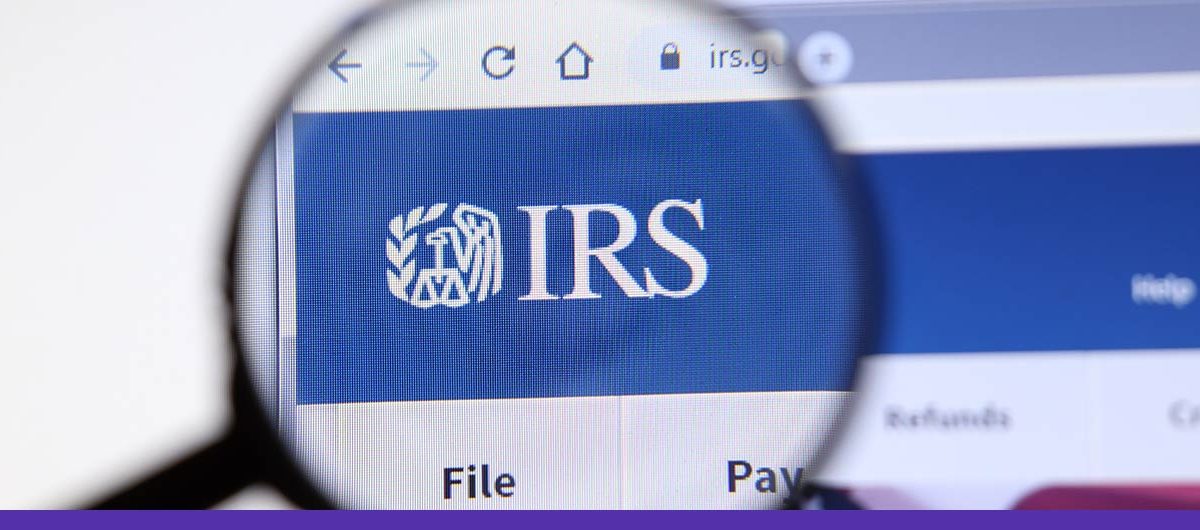What Is The IRS Fresh Start Program?

Fintech And Traditional Banks: Competition Or a Win-Win Collaboration?
June 27, 2023
Detailed Guide To Understand And Interpret Current Ratio
June 29, 2023What Is The IRS Fresh Start Program?
What is the IRS Fresh Start Program?
Regarding taxes, it’s common for people to catch up on their payments. The reasons for this can vary, but it’s often due to unexpected life events such as medical bills, job loss, or a family emergency. You may wonder about your options if you’ve found yourself in this situation.
One program that may be of help is the IRS Fresh Start Program. This initiative was created to make it easier for taxpayers to pay back their tax debt and avoid harsh penalties. In this blog post, we’ll take a closer look at the Fresh Start Program, how to apply for it, and how to determine which program is best for you.
Which IRS Fresh Start Program is right for an individual?
The IRS Fresh Start Program is a collection of initiatives to help taxpayers struggling with tax debt. These initiatives include:
1. Installment Agreement
This allows taxpayers to pay their tax debt over time in monthly installments. It’s an option for those who need help to afford to pay their tax debt in full.
2. Offer in Compromise
This is an agreement between the taxpayer and the IRS to settle the tax debt for less than the full amount owed. It is an option for those who can’t afford to pay their tax debt in full and have no other way to pay it off.
3. Penalty Abatement
This allows taxpayers to request a reduction or elimination of penalties associated with their tax debt. It is an option for those who have a reasonable cause for not paying their taxes on time.
4. Currently Not Collectible
This option is for taxpayers who cannot pay their tax debt due to financial hardship. The IRS suspends collection activities until the taxpayer’s financial situation improves.
How do I apply for the Fresh Start Program?
To apply for the Fresh Start Program, you’ll need to take a few steps:
Step 1: Determine your eligibility
You must meet certain criteria to be eligible for the Fresh Start Program. These criteria include:
– Owning less than $50,000 in tax debt
– Being current on your tax filings
– Having enough income to make monthly payments
You may be eligible for one or more of the Fresh Start Program initiatives if you meet these criteria.
Step 2: Choose an initiative
Once you’ve determined your eligibility, you must choose which initiative to apply for. It will depend on your specific financial situation and ability to pay.
An installment agreement may be the best option if you can afford to make monthly payments. If you can’t afford to pay your tax debt in full, an offer in compromise may be the best option. If you have a reasonable cause for not paying your taxes on time, penalty abatement may be the best option. And if you can’t pay your tax debt due to financial hardship, not collectible may be the best option.
Step 3: Gather documentation
You’ll need to provide documentation to the IRS to apply for the Fresh Start Program. It may include:
– Copies of your tax returns
– Proof of income
– Bank statements
– Proof of expenses
– Any other relevant financial information
Step 4: Submit your application
Once you’ve gathered all the necessary documentation, you must submit your application to the IRS. You can do this by mail, fax, or online.
How do I know which Fresh Start Program initiative is best for me?
The Fresh Start Program is a broad term that can refer to different initiatives or programs depending on the context. However, it generally aims to provide support, resources, and opportunities to people looking to make positive changes in their lives.
To determine which Fresh Start Program initiative is best for you, consider the following steps:
1. Identify your goals and needs
What changes do you want to make? Do you need help with education, job training, housing, or mental health services? Understanding your goals and needs will help you narrow down the options.
2. Research available programs
Look for programs that align with your goals and needs. You can start by checking with local community organizations, government agencies, and online resources.
3. Evaluate program eligibility
Check the eligibility requirements for each program you are interested in. Some programs may have age, income, or residency restrictions.
4. Assess program features
Evaluate the features, such as the services provided, the program length, the location, and the cost. Determine if the program is a good fit for you and meets your needs.
5. Seek guidance
Talk to a trusted friend, family member, or professional counselor for advice and guidance on which program may be best for you. They may have insights that can help you make a more informed decision.
Conclusion
The IRS Fresh Start Program offers several options for taxpayers struggling to pay taxes. These options include an Offer in Compromise, Installment Agreement, and Penalty Abatement. Each option has its own eligibility requirements and application process, but all are designed to make it easier for taxpayers to pay their taxes and reduce their debt to the IRS. Researching and evaluating your options will help you make an informed decision that can set you on a path to achieving your goals.
Also Read: Tax Season 2023: Understanding Standard IRS Mileage Rates
Farwah Jafri
Farwah Jafri is a financial management expert and Product Owner at Monily, where she leads financial services for small and medium businesses. With over a decade of experience, including a directorial role at Arthur Lawrence UK Ltd., she specializes in bookkeeping, payroll, and financial analytics. Farwah holds an MBA from Alliance Manchester Business School and a BS in Computer Software Engineering. Based in Houston, Texas, she is dedicated to helping businesses better their financial operations.






